In woodlands of eastern North America, there are two widespread species that look like poppies and bloom yellow. One is native, and is a natural part of healthy ecosystems, but the other is an invasive species, introduced from Europe, which has negative impacts on the ecology.
This page will tell you a little bit about each species, and help you to identify them.
If you live in the UK or Europe, you may also find this page helpful, but bear in mind that in Europe it is the North American wood poppy that is invasive, and the Greater Celandine that is the natural part of the local ecosystems.


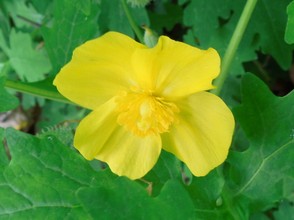
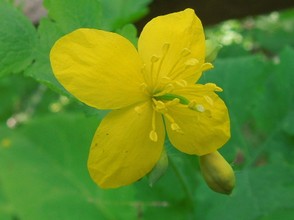
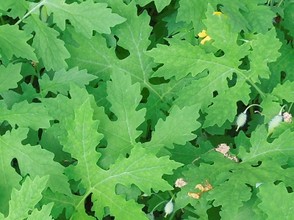
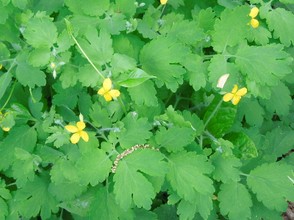
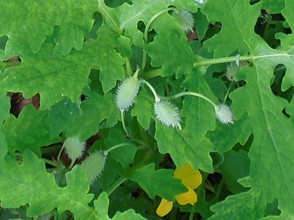
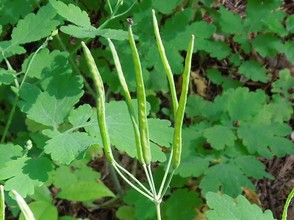
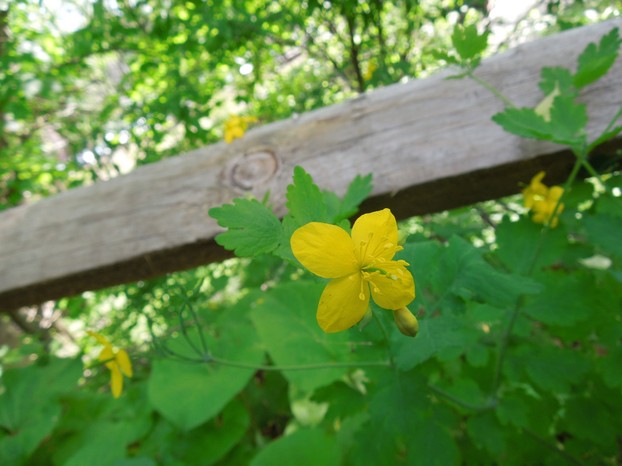
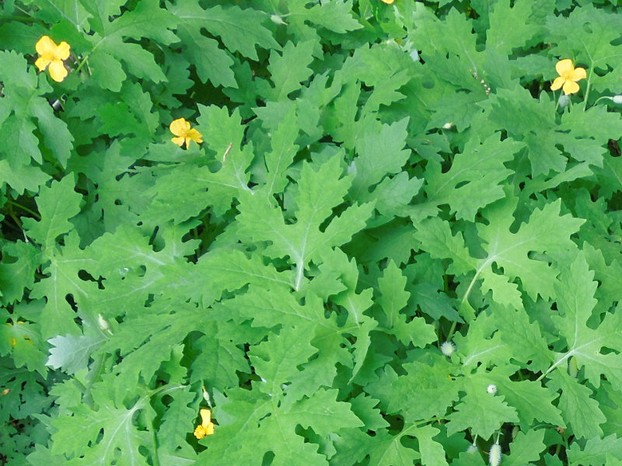
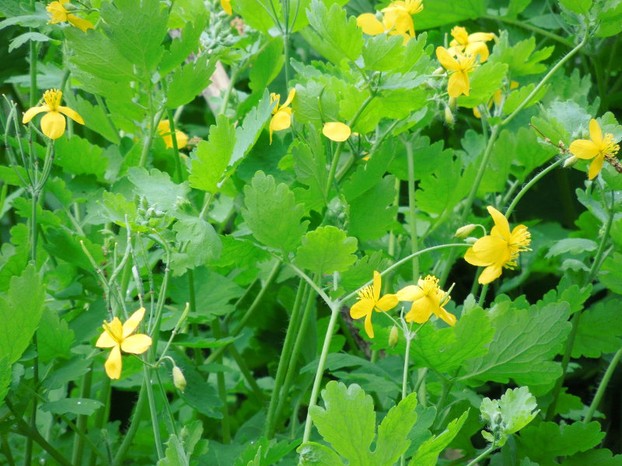
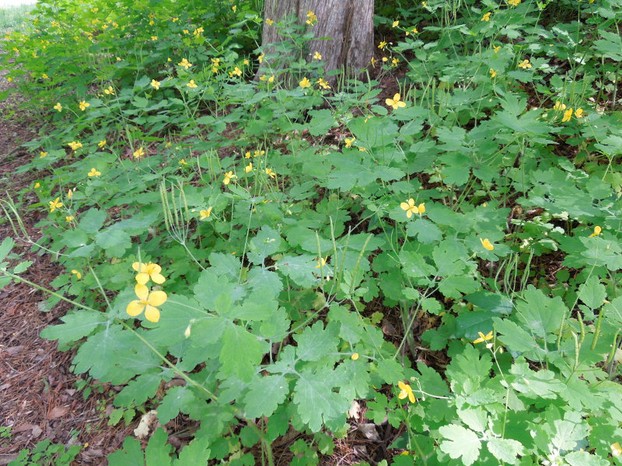
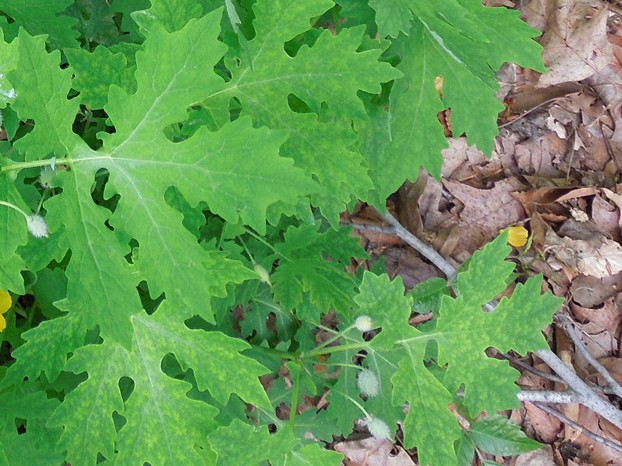
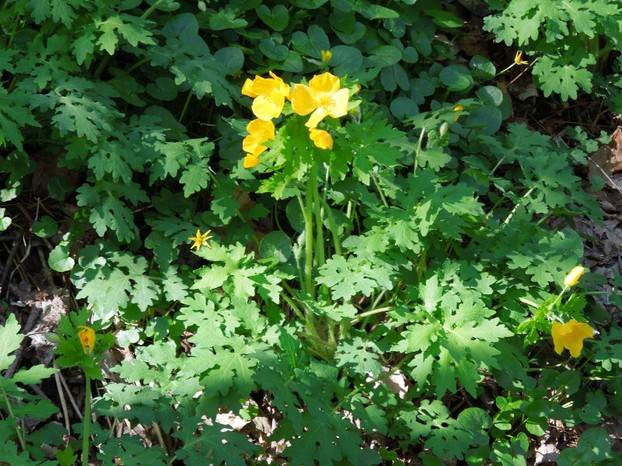



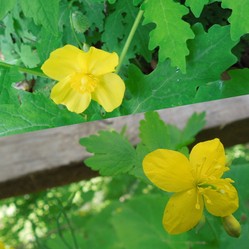

 The Shaming of Femininity and Elevation of Masculinityon 07/13/2017
The Shaming of Femininity and Elevation of Masculinityon 07/13/2017
 What is Genderqueer or Non-Binary Gender?on 10/16/2015
What is Genderqueer or Non-Binary Gender?on 10/16/2015
 Resources for Learning Spanish Free Onlineon 04/13/2016
Resources for Learning Spanish Free Onlineon 04/13/2016
 Ways Native Plants Can Help Control Invasive Plantson 05/26/2016
Ways Native Plants Can Help Control Invasive Plantson 05/26/2016
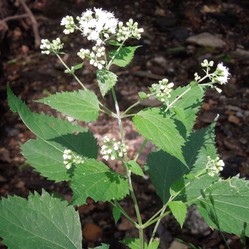
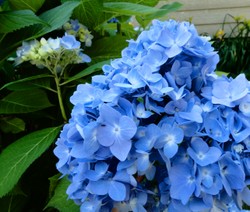
Questions? Comments? Feedback?
Oops thanks, silly me, I'll fix this right now!
The answers to your quiz questions say 'Lesser Celandine'. Shouldn't they say Greater Celandine?
Thanks, I hadn't heard of this other distinction with the hairiness of the stems, but it's super obvious now that I look at it! Thank you so much for chiming in and adding that bit of info!
Also note that the young stems on the Greater poppy are covered in dense white hairs, while in the wood poppy they are more sparsely covered in pale greenish hairs.